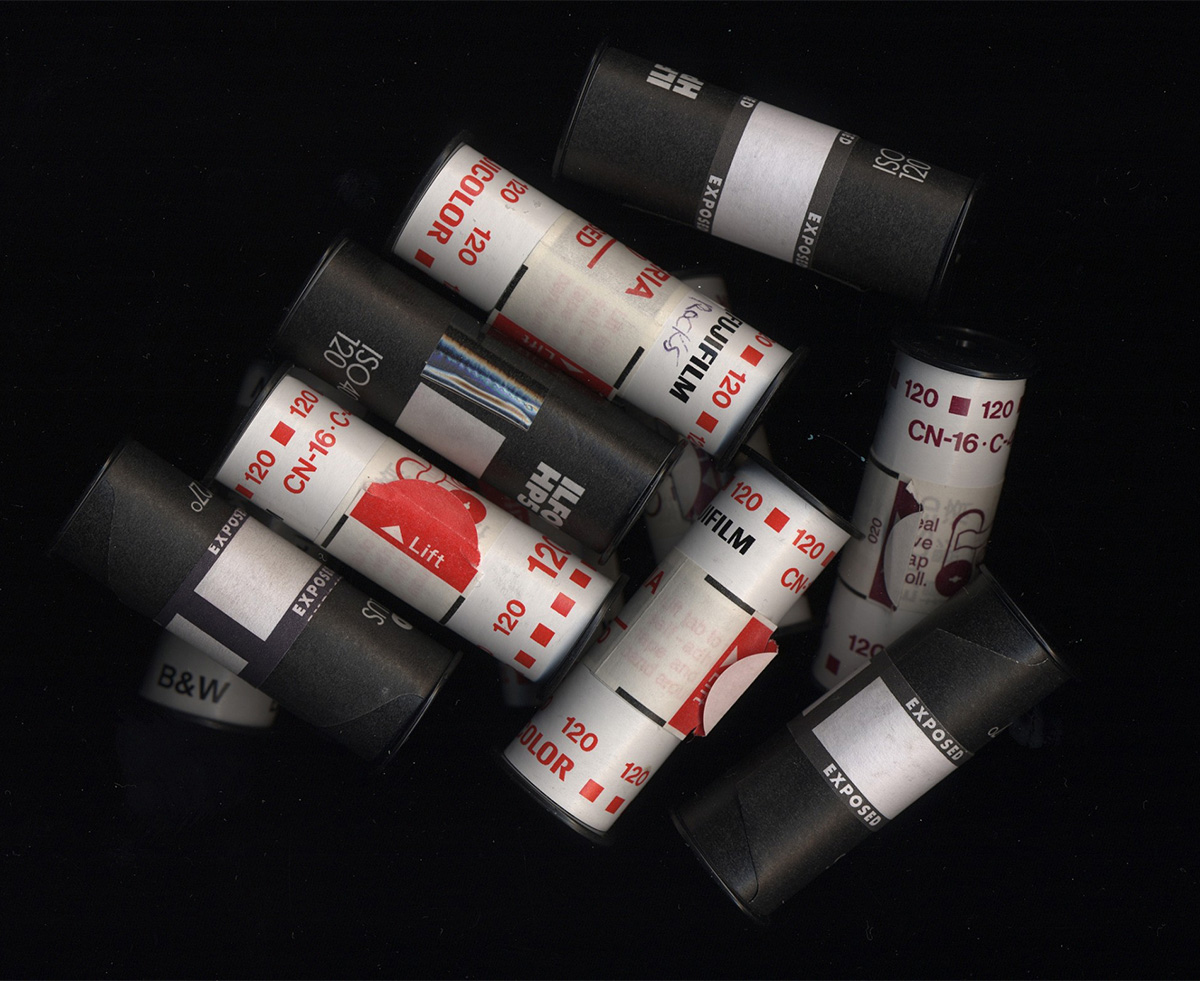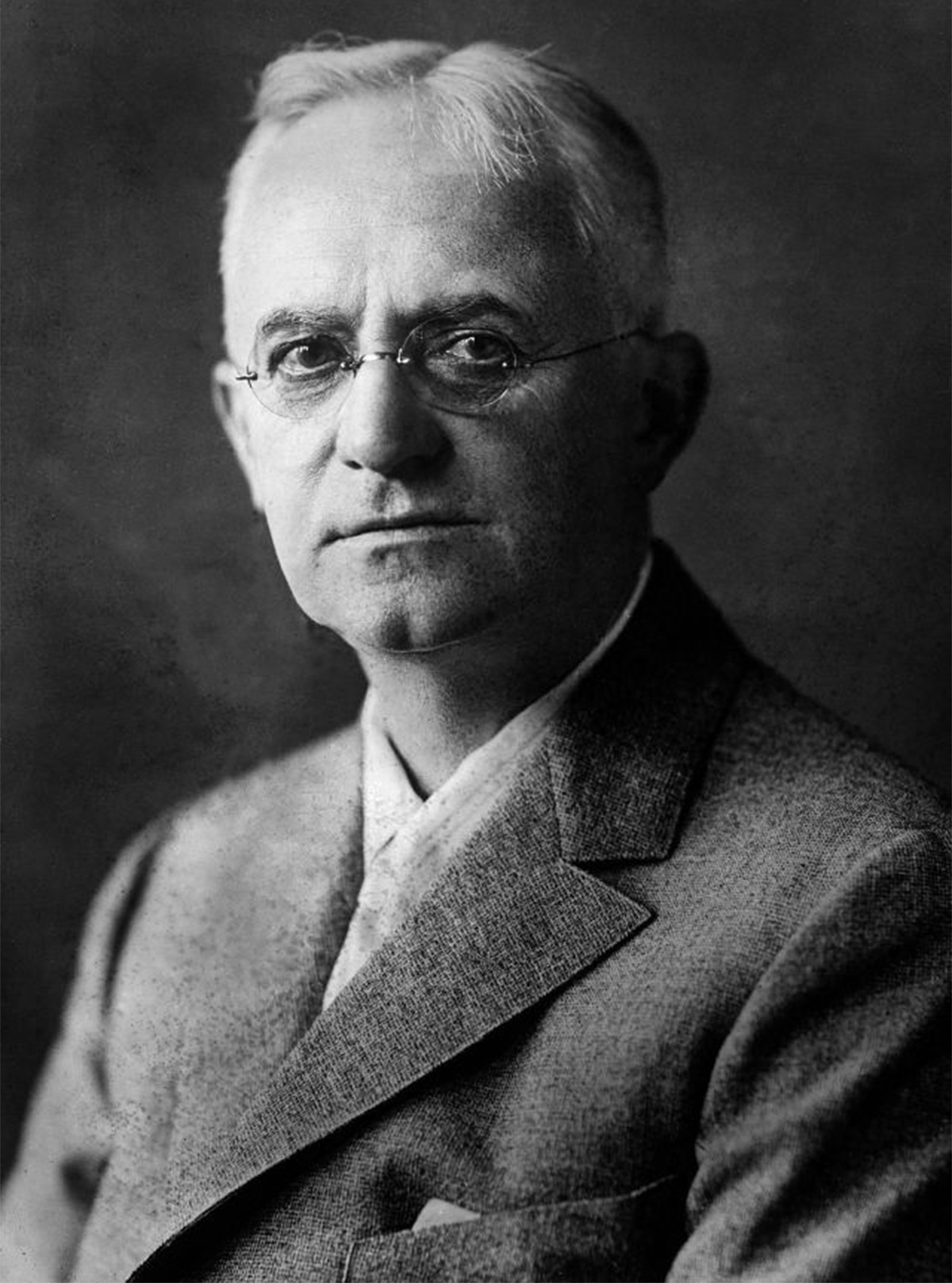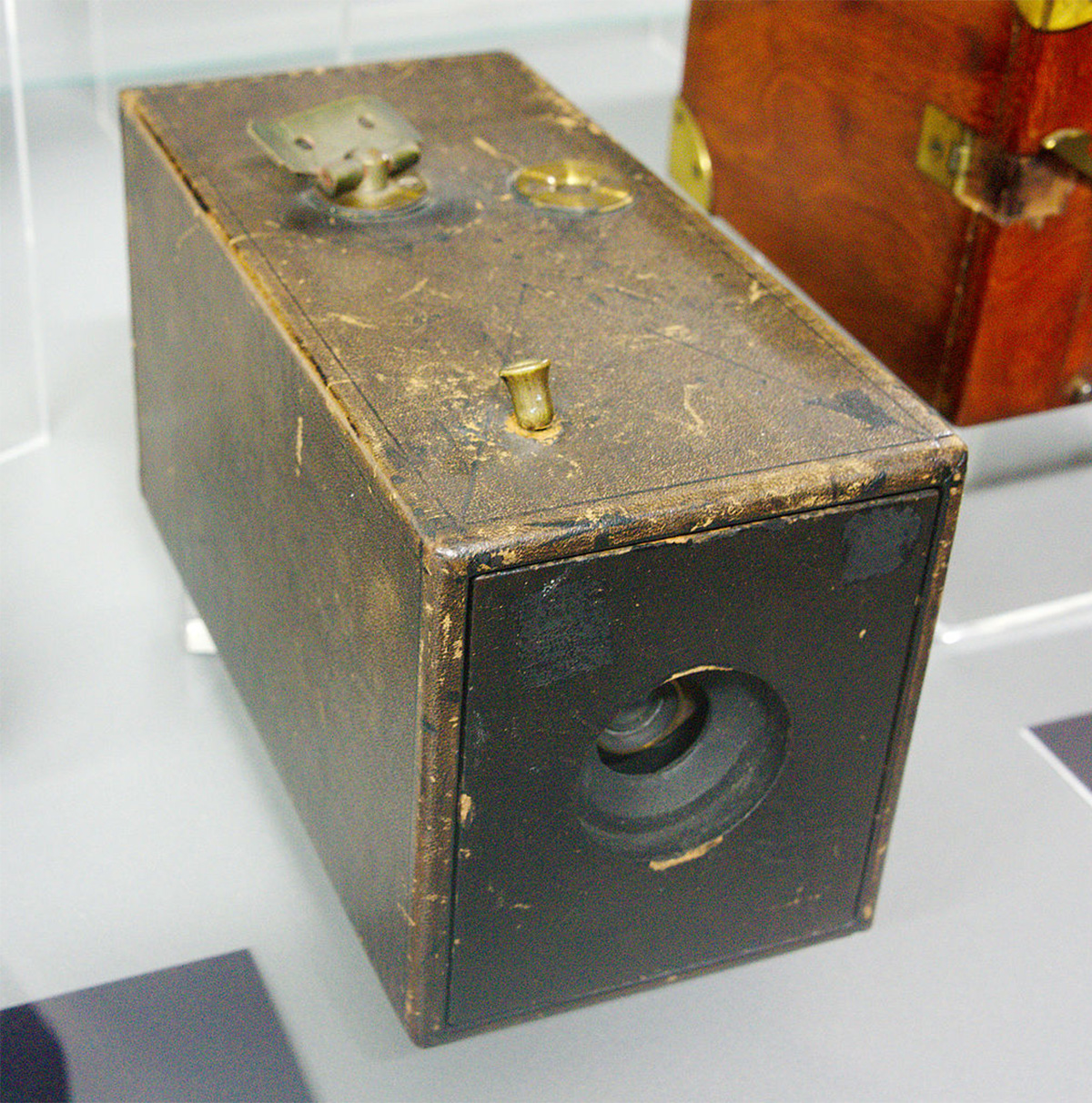
The History of Photography - Part 2:
The Industrialisation of Photography
The improved drying process and the reduction in size of amateur cameras until the end of the 19th century gave the world of photography a certain degree of mobility. Since it was now possible to store photo plates, it was possible to industrially produce the materials necessary to record images. In the second part of our history of photography series, you’ll learn about the roll film camera and the Kodak No. 1.

The Roll Film Camera
In 1890, roll film cameras began replacing the then-common plate cameras. Leon Warnecke, whose name was actually Władysław Małachowski, invented the first roll cartridge with negative paper in 1875. From the onset of using this invention, the camera operated on a collodion basis and then after 1881, with gelatin-emulsion. Roll film cameras emerged after the handheld and spy cameras from the 1860’s and 70’s and were the basis for the box camera, which dominated the market between 1910 and 1960. Every current (analogue) 35mm and medium format camera still operates using the roll film principle. Only large format cameras still operate using sheet film.
Industrialisation of Roll Film - “You Press the Button, We Do the Rest”

George Eastman was an American inventor and entrepreneur. He founded the Eastman Kodak Company with the goal of making photography affordable for everyone. He simplified photography so that the photographer just had to press a button to take a photo (see the Kodak No. 1). Eastman used Warnecke’s design as inspiration for the first commercially successful roll film camera in 1884. The Eastman roll film was made of 100 rolled photosensitive papers, which were first called stripping film then later known as American film. The film was sold under the name “Eastman’s American Film,” which is why the company later changed its name from The Eastman Dry Plate Company to The Eastman Dry Plate and Film Company.
George Eastman was a huge contributor to the popularisation of roll film. After the creation of the Kodak No. 1 and film development service, not only did film sales increase, but the product soon began to dominate the market.
Another milestone was the encapsulation of roll film. This allowed photographers to change out their film even in daylight without having to go to a development service.
The progressing industrialisation also helped usher in improvements in image sharpness and reduce graininess. Thomas Alva Edison, who was also responsible for the invention of the light bulb, developed perforation for 35mm film. This made it possible to use roll film for cinematic pictures as well as small pictures.

The Kodak No. 1 and Its Predecessors
Thomas Bolas is seen as the father of the detective camera. He often worked together with professors of chemistry in the lab, which helped awaken his curiosity about chemical processes involved in photography. In 1875, he joined the Photographic Society and 5 years later presented the detective camera, which he developed himself. On 21 January 1881, the Journal of the Photographic Society presented a camera in the form of a small wooden box.
It’s a common misconception that the Kodak No. 1 was the first roll film camera. The Kodak No. 1 was produced from 1889 to 1895, which means it saw the light of day several years after the creation of the detective camera we mentioned above.
The Kodak No. 1 is a somewhat developed version of the original Kodak camera. The campaign slogan of “You press the button, we do the rest” made the camera especially popular amongst amateur photographers. The Eastman Company offered a development service for $10 US where the customer had to send in their camera along with their film. After four weeks, the customer received their camera along with their photographs and the negatives. As a special service there was also new film already loaded in the camera.
Studio photographers did complain, however, about the limited setting possibilities of the Kodak No. 1. The camera’s operation was rather simplistic in nature and was designed more to fit the needs of amateur photographers.
The Development of Photojournalism
The industrialisation of photography also brought along with it an increase of the importance of photojournalism. Thanks to the development of new cameras such as the Kodak No. 1, and the encapsulation of roll film, it was less cumbersome to take photographs and they could be taken much more quickly as well. This development also led to the creation of a new profession, the photojournalist, since magazines were also being established around the same time. In contrast to photo essays or stories, taking pictures as a photojournalist basically meant just to point and shoot. The goal was to at least end up with a sharp photo that the editorial staff could use. Whether the person being photographed actually appeared at their best was a secondary objective. The relative degree of mistrust of press photographers or paparazzi, as they are also known as today, can be perhaps attributed to this.
In the next article, you can read about the events running up to the success of the Leica, the first 35mm camera. You’ll also learn more about the creation of the electronic flash.
